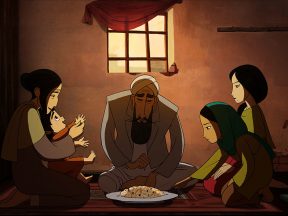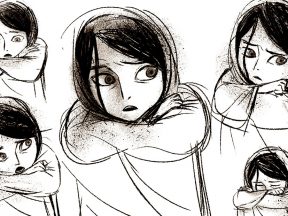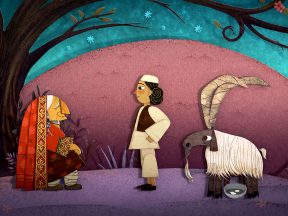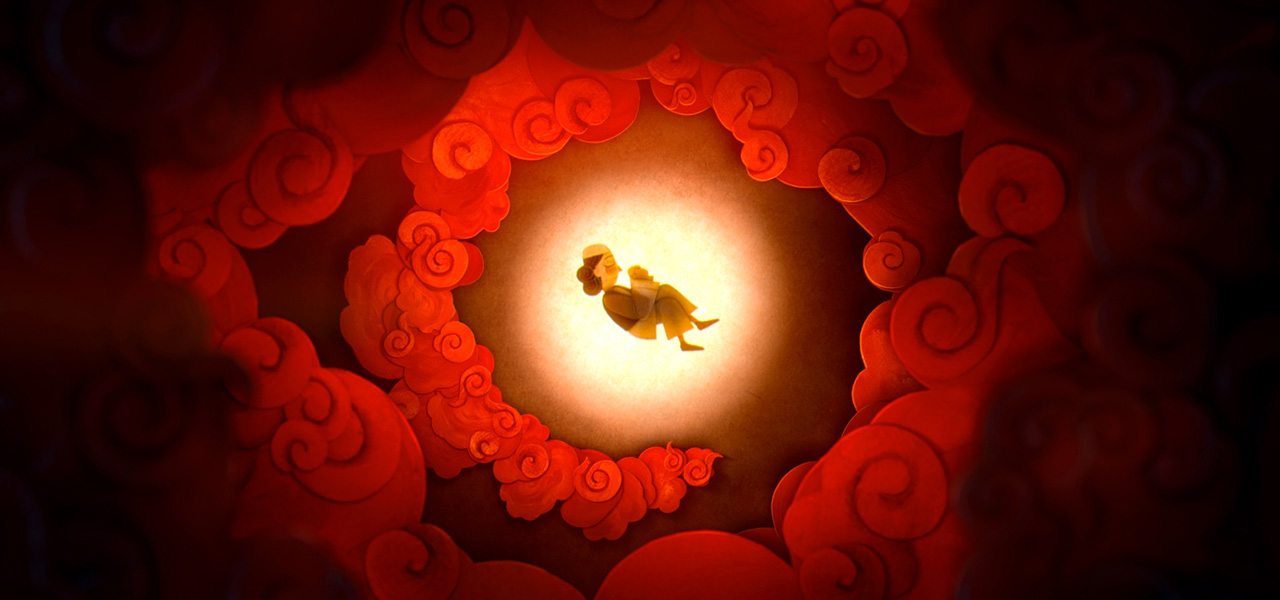
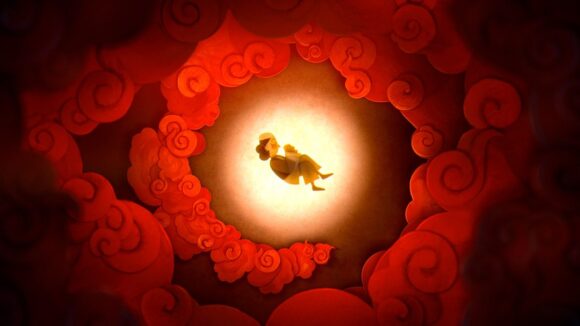
Maintaining A Cohesive Vision On ‘The Breadwinner’: How A Co-Production Between Ireland And Canada Worked
Nora Twomey’s The Breadwinner is one of the five animated features up for an Oscar at the 90th Academy Awards. The film is Cartoon Saloon’s third feature, but, as a co-production, it’s also one that involved the participation of other studios.
One of those companies was Toronto-based Guru Studio, which worked closely with Cartoon Saloon on several creative aspects of The Breadwinner, including its ‘real’ and ‘story’ worlds, and in the technical execution of the final film. (The film’s Canadian producer was Aircraft Pictures, and Luxembourg’s Melusine Productions was another co-production partner.)
With a view to exploring how a studio like Guru comes on board to collaborate with a main production house on an animated feature – and still deliver a cohesive vision – Cartoon Brew asked Guru how this worked on The Breadwinner.
Guru Studio was founded 18 years ago, and over that time the company has produced content that spans all the way from broadcast design to commercials, television series, and short films. (Cartoon Brew recently covered the studio’s work on the Netflix series True and the Rainbow Kingdom.)
The Breadwinner was Guru’s first involvement in a feature film, which came about via the studio’s relationships with producer Paul Young and assistant director Stuart Shankly. It was determined that the film – which would mostly be realized in Kilkenny, Ireland at Cartoon Saloon – could also become a Canadian co-production. For that, a portion of the movie needed to be produced in Canada.
“Often the problem with co-productions is the infrequency with which you can communicate with your partners means some of the creative is not fully communicated or it’s shortened to a point where you don’t get the full message,” noted Guru president and creative director Frank Falcone. That drove a decision to have Shankly based in Ireland early and be part of meetings and creative decisions, starting with some technical development with Cartoon Saloon by a small crew in October 2015.
“Having Stuart as that link was key,” said Falcone. “I think we shared a view of where we’d like the film to go and we had some ambitions ourselves to just ensure that the film’s look was really on another level that they never produced at Cartoon Saloon. We proposed some things that they hadn’t done, which I think gave the film a unique look.”
One of Guru’s first design contributions was a piece of test animation that established the ‘sense and feel’ of the dusty and gritty reality of Kabul on screen. In particular, Guru helped imagine the look of the story world of The Breadwinner, which was done in a paper cut-out style (the effect was achieved digitally rather than with actual paper cut-outs).
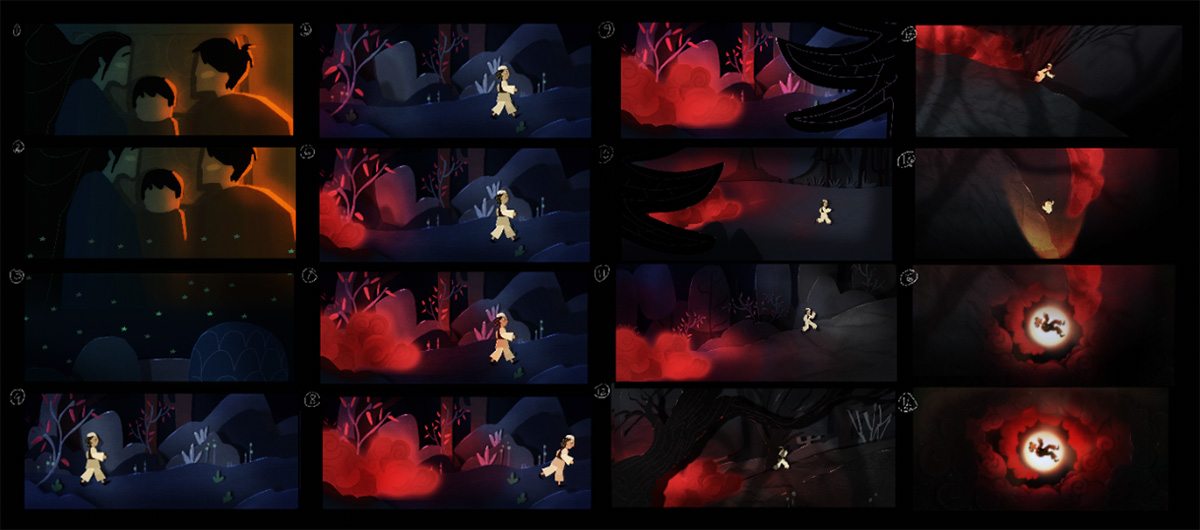
“This process began with Nora briefing me on her vision for the narrative, outlining what was most important in each sequence,” explained Guru Studio art director Sanatan Suryavanshi. “I’d then do several paintings visualizing these and pitch her and Jeremy Purcell, sequence director at Cartoon Saloon, a version of how the light and color could support the storytelling goals.”
“Once we had something we were all happy with, executing the vision involved another layer of collaboration,” added Suryavanshi. “I’d brief background supervisor at Cartoon Saloon, Stefano Scapolan, on the colors required in the backgrounds and Sheldon Lisoy, compositing supervisor at Guru Studio, on the lighting, and we would have a lot of back and forth with everyone constantly having to solve creative and technical hurdles to achieve the art direction we had established.”
Guru’s responsibilities involved putting all of the final elements together, including ink, paint, and compositing. As part of that workflow, Falcone says they ensured consistency in monitor calibrations and film projections across facilities, and also suggested a few creative modifications. “We proposed a deepening of the blacks and the highlights and an approach to the cutout world, which I think was very different than where they were starting. We wanted to keep it playful and more interesting for younger kids. We also wanted to give it the drama that would ensure that it sits within the film.”
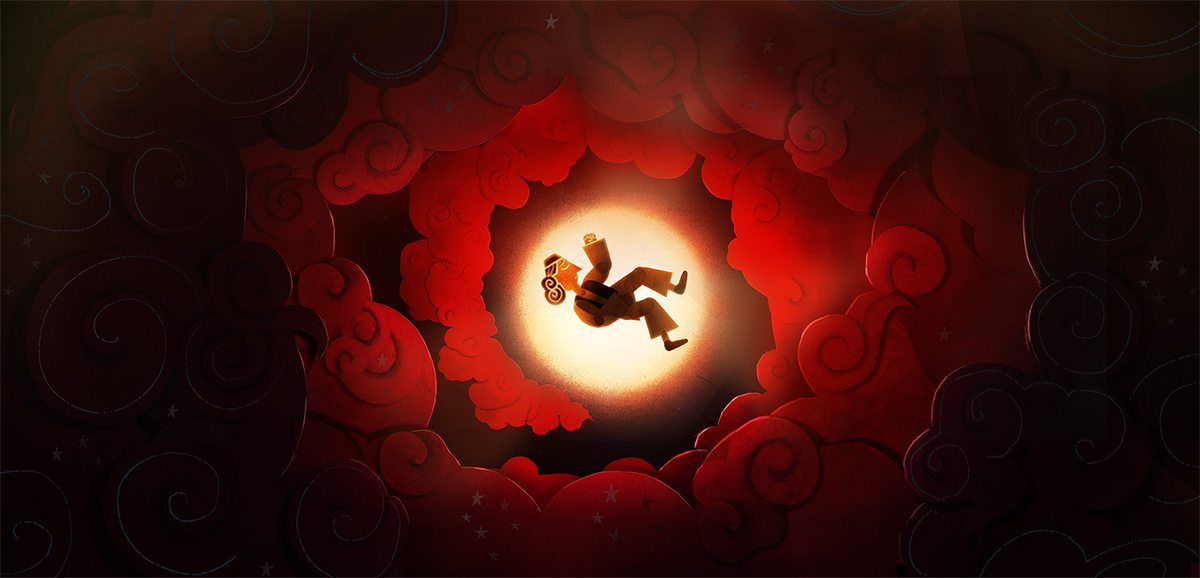
So how did production between the studios actually work, in practice? For the cut-out world scenes, for example, the animation would be done at Cartoon Saloon, but then, as Falcone describes, “the conversations of what elements were needed to put it all together were really collaborative. It was a give and take — early tests came here, we put it together [at Guru], we showed how we would approach the addition of light.”
Guru’s role on the film also involved looking at ways to save time in production. The studio’s compositing team worked on a system that could compress the results of a full 3d cg pipeline so that just a few artists were needed to build shots from the ground up, while still allowing for artistic revisions from Suryavanshi and, of course, Twomey.
Guru compositing supervisor Sheldon Lisoy explains how this worked: “After receiving files from Cartoon Saloon’s background painting team, which included all the layers necessary to create lighting effects, Guru’s compositors would build out locations with Nuke’s 3d camera projections just like small paper cut-out sets and animate their camera moves. We’d then render these out, sometimes hundreds of layers with multichannel EXR files to take some of the ‘bulk’ data out of our files. Artists would then use proprietary tools built in a second stage Nuke file to join these layers together with controls to adjust all of the faked 2d lighting characteristics such as drop shadows, rim lights, and occlusion.”

Actual production on The Breadwinner started in March 2016 and final delivery was in May 2017. During that period, just over 50 people at Guru were involved in making the film. Falcone admits that the obvious challenges of working on different continents and in different timezones were at some moments difficult, but generally the experience was incredibly positive.
“We know that it is difficult to get in the same head space when you’re not in the same room even, let alone on the other side of the planet in a different timezone,” said Falcone. “But I think when intent is aligned across all participants, and when everyone’s ultimate goal and the creative desires are aligned, it’s much easier to find that shared head space.”
For the Toronto studio, it also meant being exposed to something outside their usual wheelhouse. “We were really happy to be a part of something that was so meaningful,” said Falcone. “After having done tv for many years and commercials for a while, it’s refreshing for us to have the time to be able to put the focus on single frames, to really lavish a frame with attention and focus on the details in a way that you can’t with tv, just due to the speed at which television moves.”
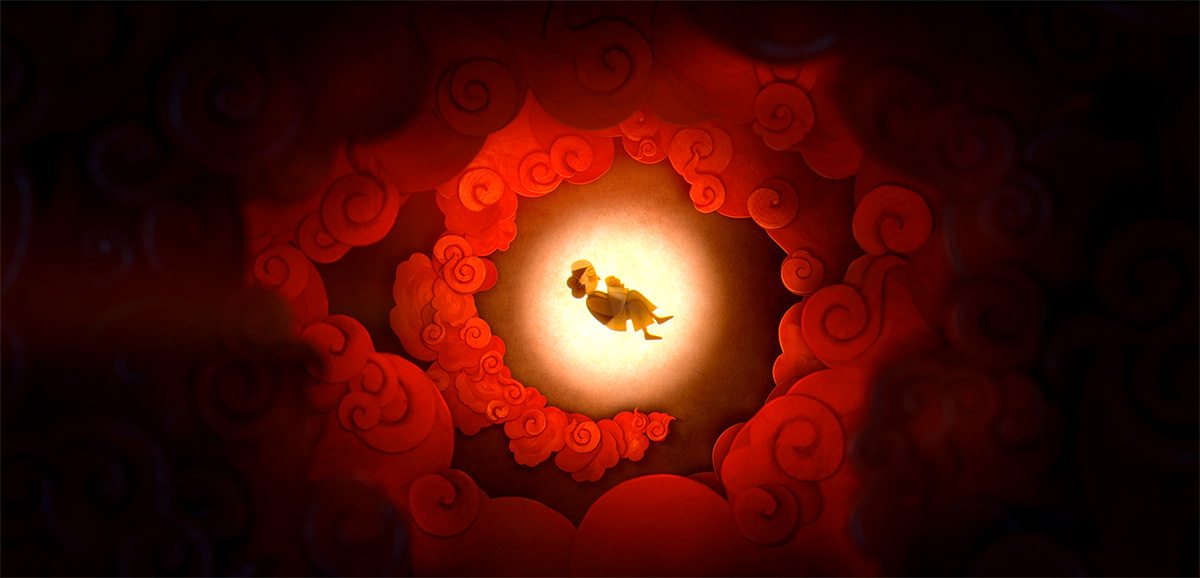

.png)
